Back at the end of March, we took a trip to one of the smallest, most famous wine producing regions in France: Champagne. The capital of the region, Reims (unusually pronounced Raance) is also the largest city and where we began our tour. However, the first sight we saw was not the famous champagne houses, nor vineyards. Instead we toured the cathedral where French monarchs were once crowned (27 to be exact). Rebuilt in the thirteenth century, after a devastating fire, Notre Dame de Reims is the focal point of the city to which a confident Joan of Arc led Louis VII to his coronation in 1429.
Here is how the beautiful west portal looks today.
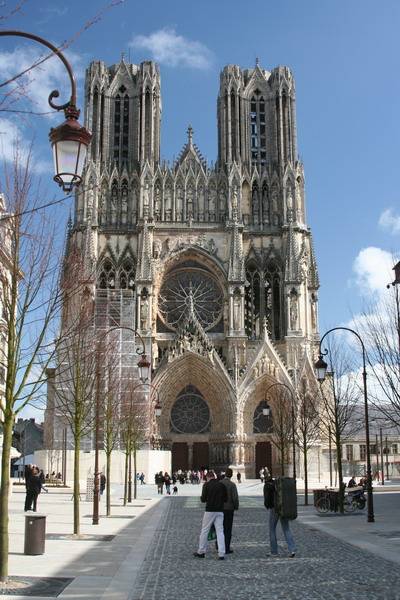
Inside, you are able to see the rose windows. Although the majority of the church was destroyed by vicious fighting in WWI, this is (partly at least), original glass.
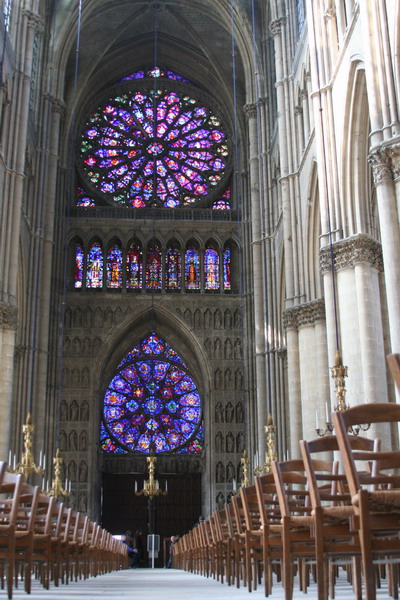
Anna and our friend, Hayley, make a beautiful counterpoint to the windows.
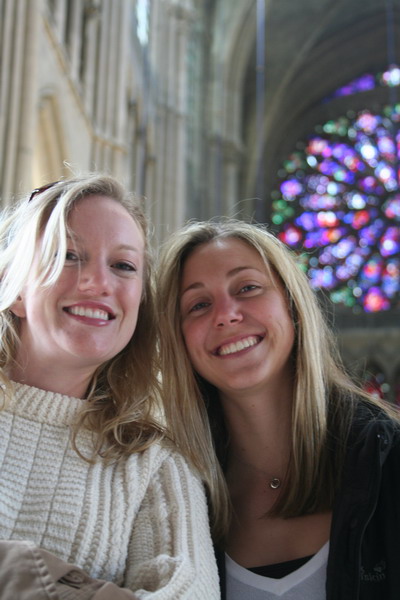
Less colorful, but still beautiful stained glass.
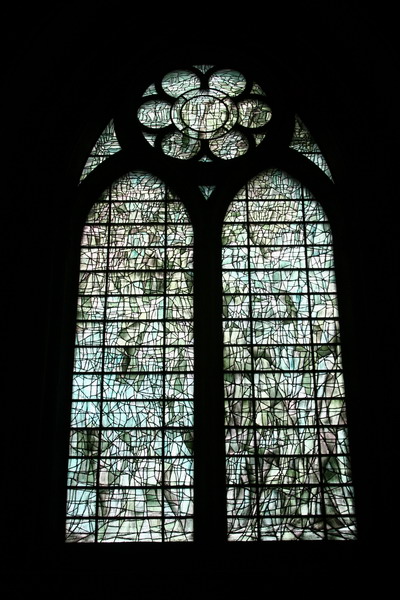
This 1974 Marc Chagall window looks right at home. Although born in Belarus, he was half French and contributed to a number of large scale civic and religious works.
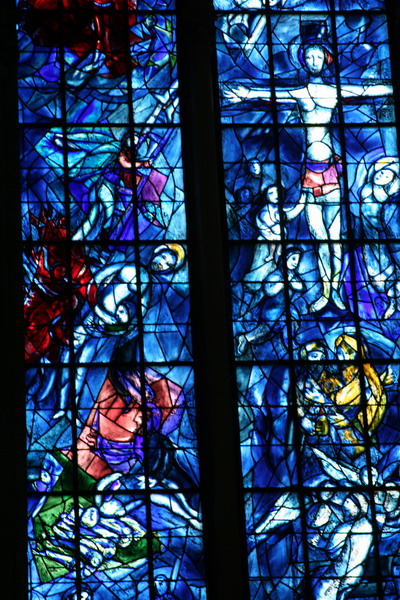
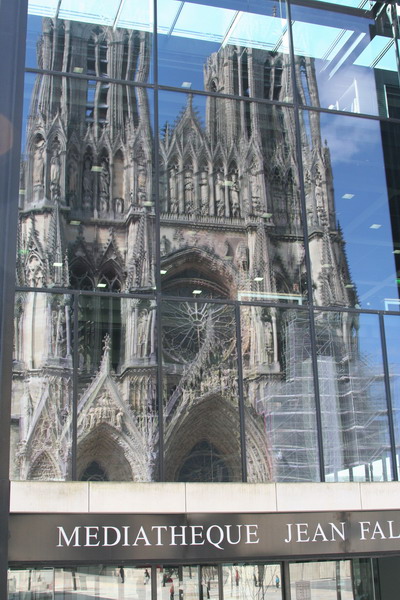
Next stop were the champagneries. First up was the famous Taittinger House.
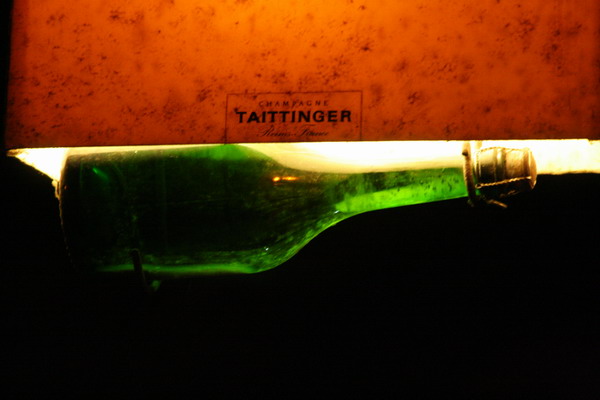
The cellars are carved out of the chalk soil. Many were carved in the fourth century by Roman city builders. Now they are a warehouse to permit the champagne bottles to properly age.
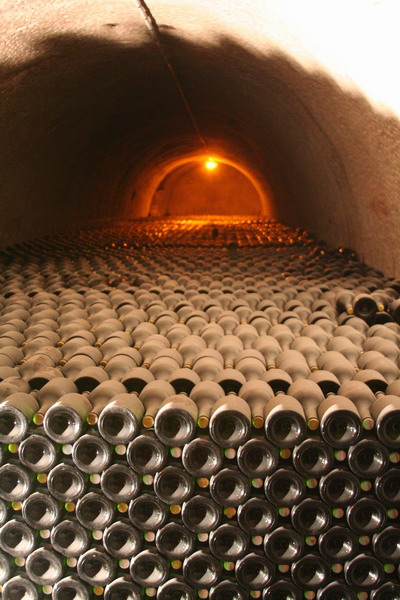
Hayley was hoping this one would spring a leak…
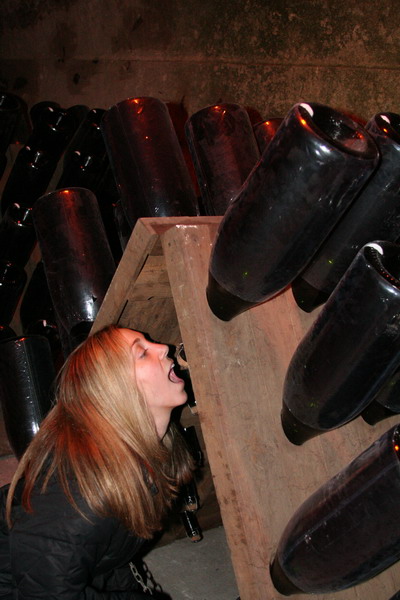
Ready to ascend back into the light of the surface world.
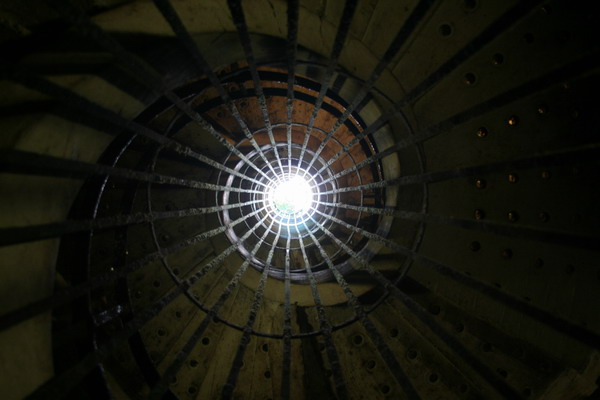
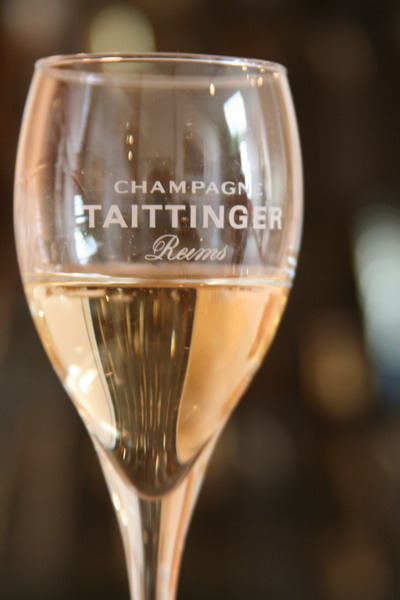
Next stop was outside of Reims, at a champagne house called:
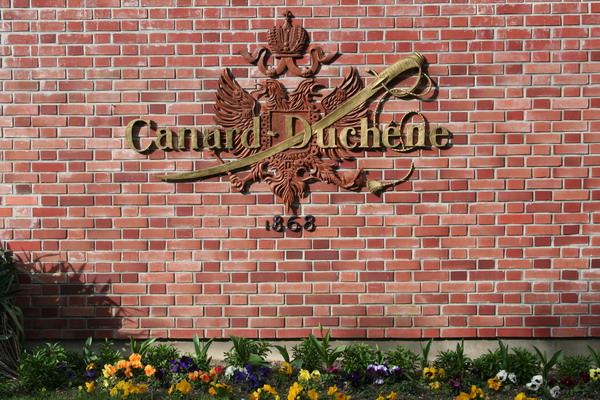
Although the vines weren’t blooming, it was impressive to see the rolling hills and vineyards. They told us each plant would produce about one bottle.
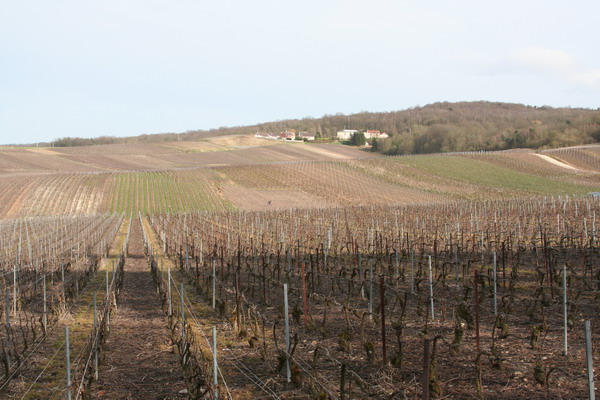
During the 3-8 process of aging bottles of champagne, eventually a small amount of sediment that collects at the cork. During the eventual bottling process, that sediment is frozen and disgorged. After, the void is filled with a small amount of still wine.
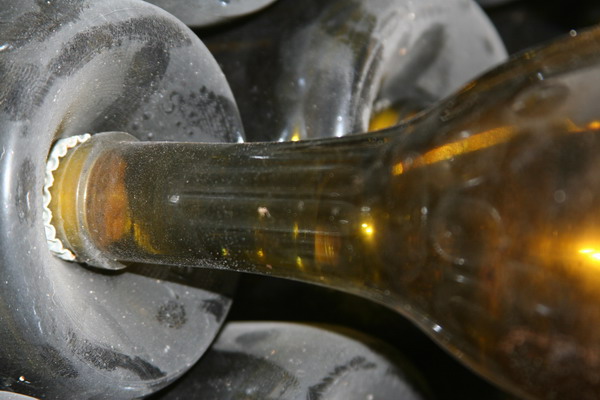
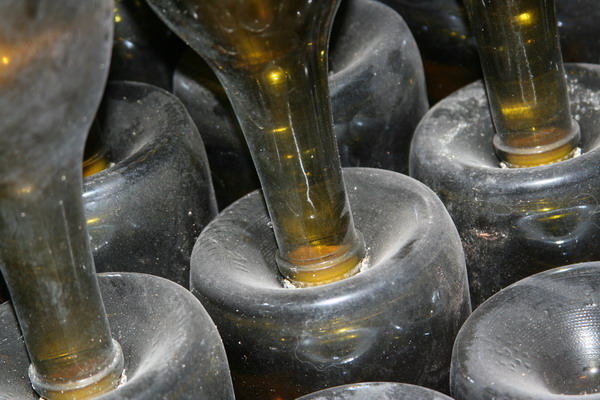
Interestingly, there are three grapes that typically make up champagne. Each house makes it own blend. There is a master wine maker who decides what amount from each grape is required. Also, we were surprised to find out that although champagne is golden in color, two of the three grapes are red. Once the grapes are pressed, the skins are removed. It is the skin that gives the red color.
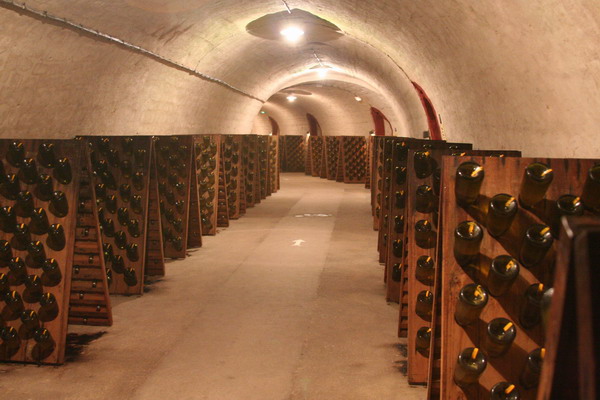
Then, there is the bottle size. Although most bottles are 750 mL, there is a whole range. The double is called a magnum (1.5L). Here you can see the high end of the spectrum. The largest here is called a Nebuchadnezzar. It holds a whopping 15L of bubbly.
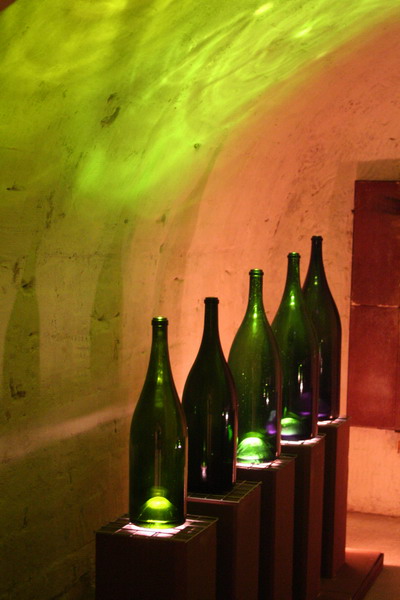
Hayley felt well connected with this random headstone…
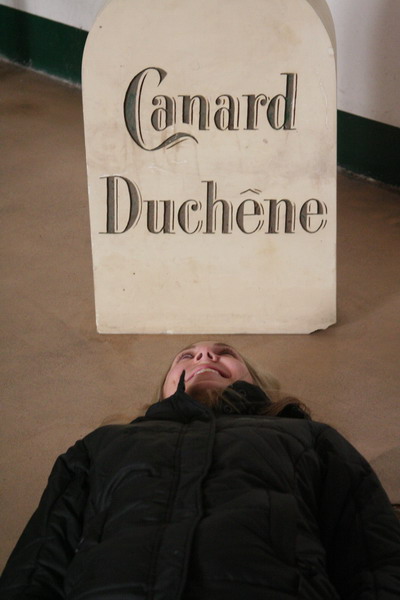
Although we don’t have any group pictures (that turned out), Dave and Dominique also joined the three of us.
Here is a picture from the bed and breakfast we stayed in. Our hostess was very nice, but when she found out I spoke French, she ceased speaking to us in English and told me I was responsible for translating. While I was flattered, she had a number of house rules I wanted to make sure we followed. Nothing like a little pressure to make you remember your French lessons!
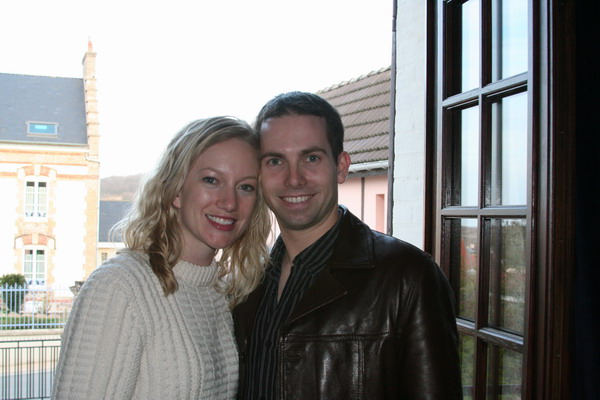
The next day we visited the town of Epernay and the second capital of Champagne. This is the home of the giant champagne house, Moët and Chandon. They also produce the world renowned Dom Pérignon. What most people don’t realize is that this was a real person and one of the first producers of champagne. He was a Benedictine monk who was the cellar master of an Epernay Abbey in the 17th and 18th centuries. There is much myth surrounding the man and this effervescent drink. However, what we know today is that his name is one of the most famous brands of quality champagne in the world.
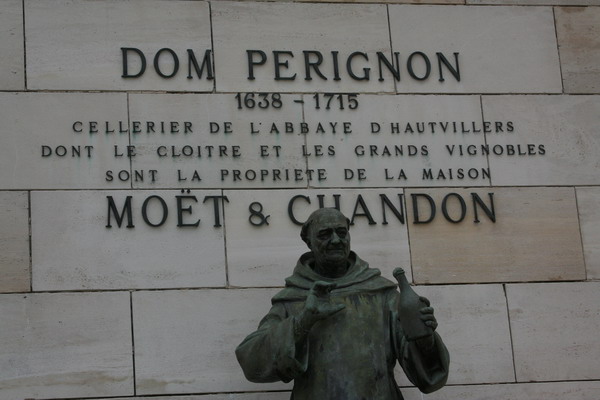
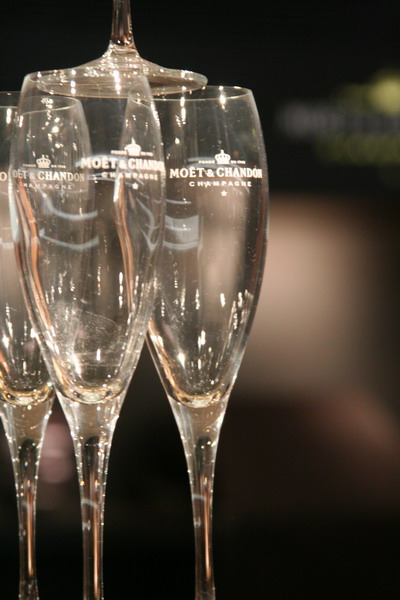
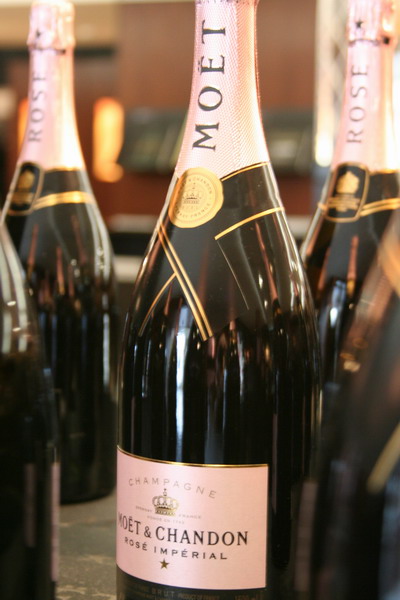
One thing is certain about the Dom today. His drink is expensive!
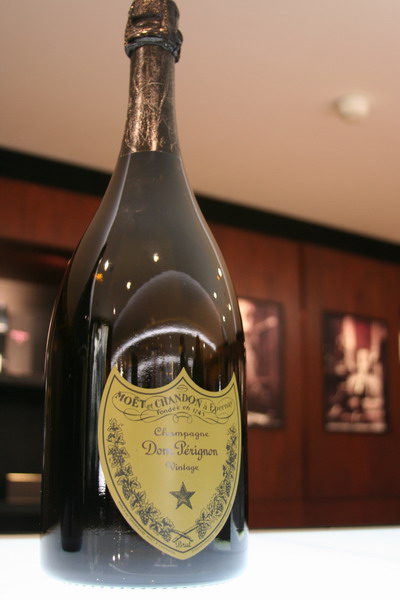
That concludes our trip into the nearby champagne region of France. It’s important to remember only wine produced in this region can truly be called Champagne. It’s EU law to respect this fact. Of course, in the US, that is not as important and many sparkling wines are inappropriately called champagne. Unfortunately for French champagne producers, EU law doesn’t extend to other parts of the world.
So, until the next adventure…
–Jim
Skip to content
Our Family Story.
